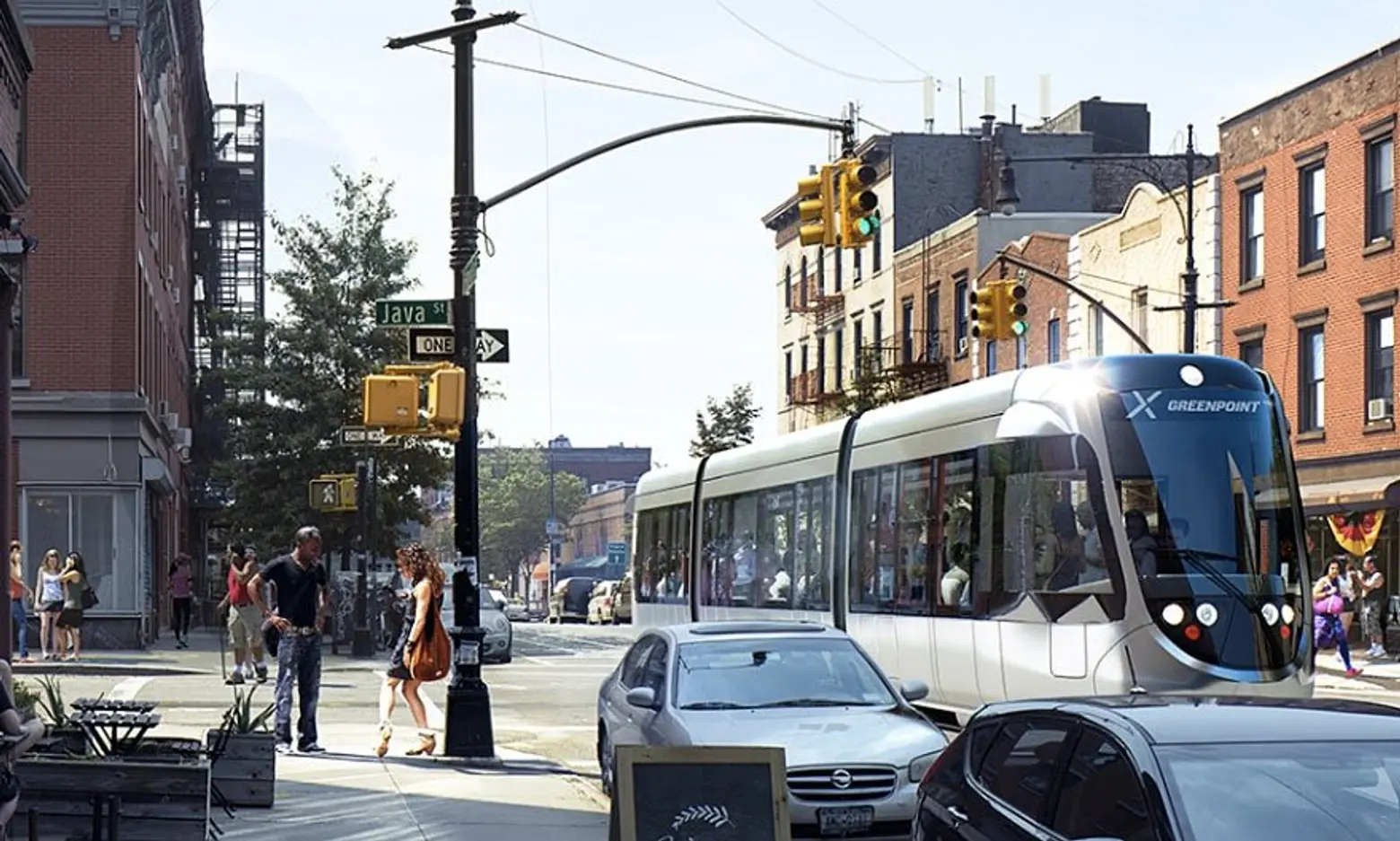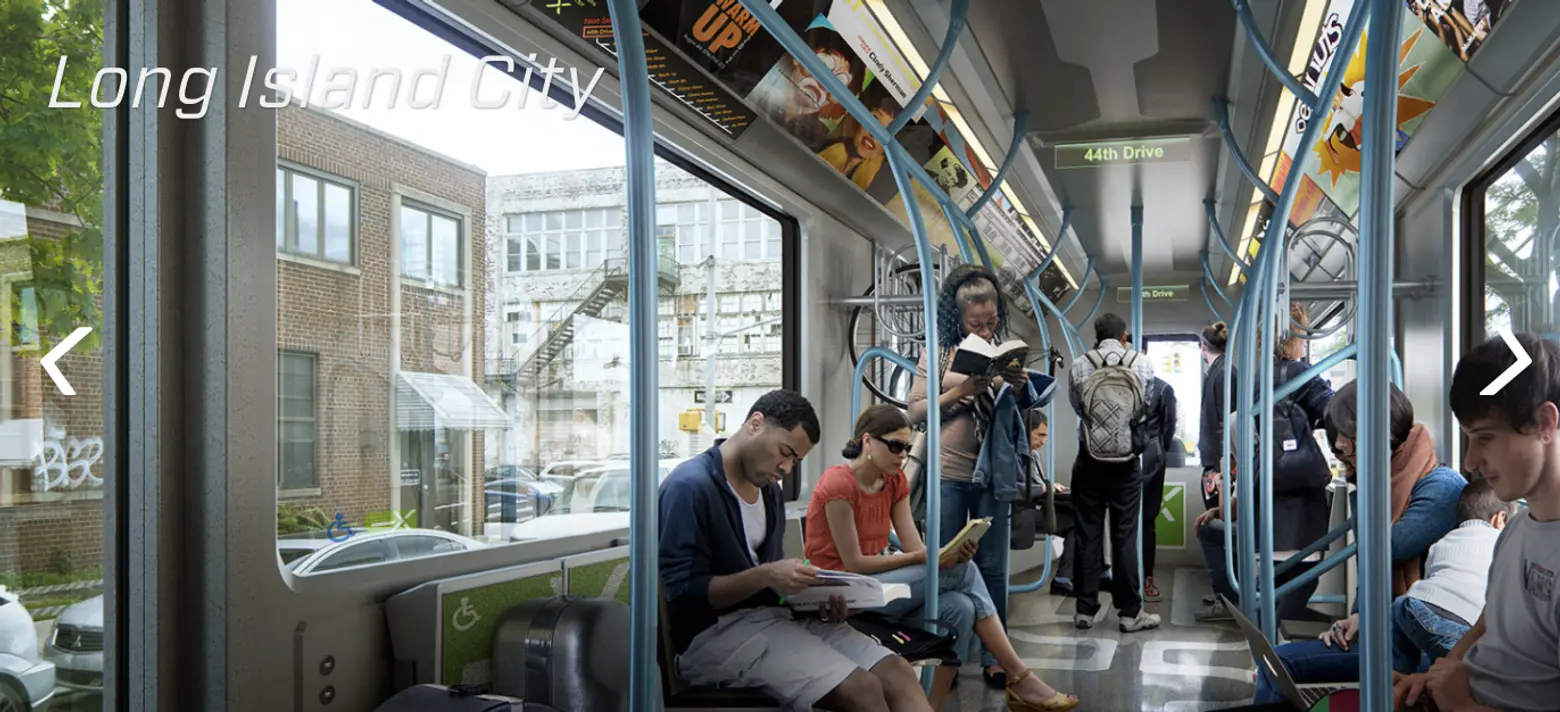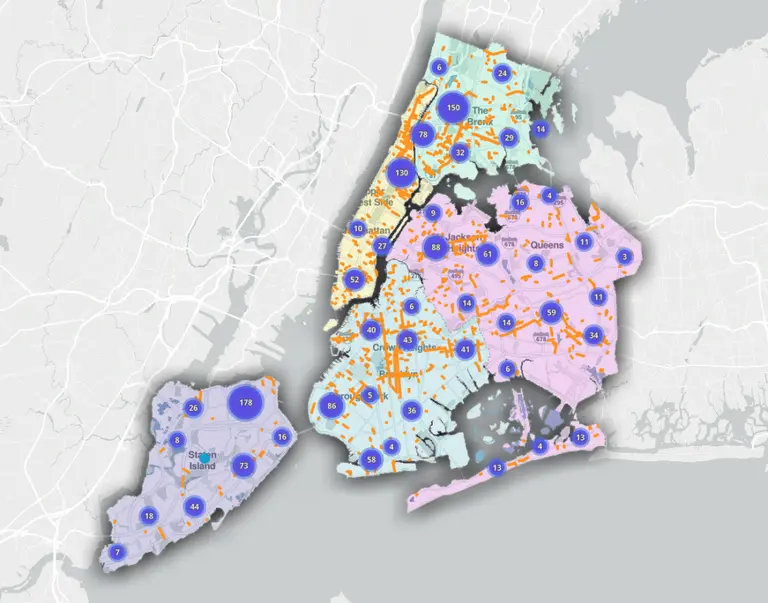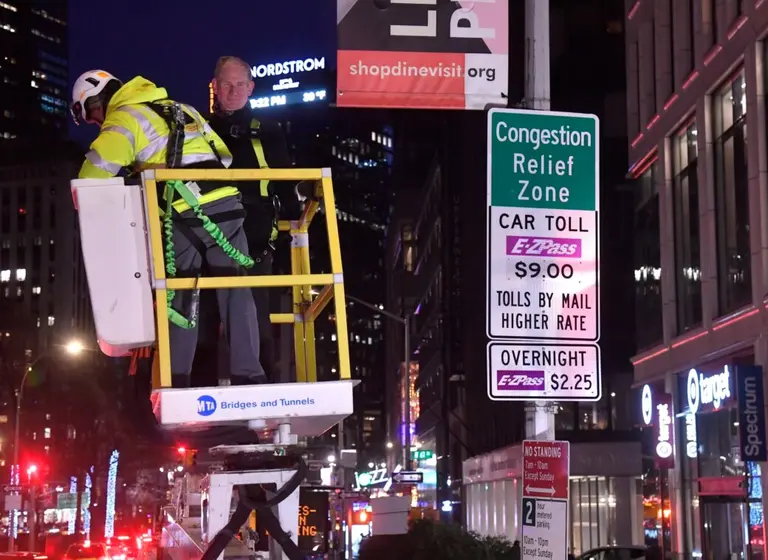Interview: Friends of the Brooklyn-Queens Connector discuss bringing a streetcar to NYC

After working for decades advocating for transit equity and environmental justice at various organizations, Ya-Ting Liu came on board as the Executive Director of Friends of the Brooklyn Queens Connector. It’s been almost a year since the non-profit advocacy group first released a proposal for a streetcar to run along the borough’s waterfront, and since that time the city has stepped in to back the estimated $2.5 billion project, even appointing a director and creating preliminary maps of the streetcar’s possible routes. As one of several transportation undertakings on the table, the BQX certainly has a big year ahead. 6sqft recently sat down with Ya-Ting To get the scoop on what’s to come, as well as some insider thoughts on the streetcar’s common misconceptions.

Can you tell us a bit about how Friends of the Brooklyn-Queens Connector was first formed?
Ya-Ting: Sure, the idea for the BQX is actually something that has been around for over a decade as a way to bring transit access to underserved areas along the waterfront. In April 2014, there was a Michael Kimmelman article in the New York Times about the amount of economic, cultural, and recreational activities blossoming along the Brooklyn-Queens waterfront and how all that energy and activity was juxtaposed next to a lot of communities that had been left behind.
We formally launched in May of this year, but prior to that, there have been a number of civic leaders exploring this idea of bringing back a streetcar in the outer boroughs. We have real estate professionals, members of the Brooklyn and Queens Chambers of Commerce, civic leaders, transportation planning experts like the Regional Plan Association, and transit advocacy groups like Transportation Alternatives.
Tell us more about your background.
Ya-Ting: I worked on a lot of transit funding campaigns around the MTA and capital plans, including the Federal Transportation Bill trying to get funds for transit in the region and city. I also worked on different types of initiatives for no fare hikes or funding cuts. So the opportunity that New York City can pursue a modern transit project that can go forward without the bureaucracy soup that is D.C., and Albany was very exciting to me.

Since it was first announced, there’s been a few arguments against the streetcar. Are there certain things that you feel have been misrepresented?
Ya-Ting: There’s definitely a few common misconceptions. We hear a lot of questions as to why this isn’t a bus and wouldn’t a bus be cheaper? Bar none, the streetcar is not trying to compete with buses. When we looked at this corridor, we saw that unequivocally, bus capacity just can’t handle the kind of ridership that we’re anticipating. For example, the select buses definitely provide an efficiency that is absolutely necessary in the city, but they tend to work on straight shot type boulevards. And buses by their nature take up a wider turning radius than a streetcar that’s on a fixed rail and therefore can fit tight turns as long as the track can turn. Most recently, the City has pointed out the higher cost of bus operations especially if we’re increasing frequency, since labor costs are significantly higher than with streetcar.

Friends of the Brooklyn Queens Connector’s map of the proposed route
What about the map that was released that showed how the streetcar would run almost entirely through flood zones?
Ya-Ting: We have 400,000 people who live here and 300,000 who work here, and that population is only going to increase. As public policy, we can’t say we’re not going to invest in infrastructure just because this is a floodplain. We need to actually make investments to make it stronger and more resilient, and transit absolutely has to be part of that solution.
As for the streetcar itself, if you store them on high ground, once the floodwaters recede, they are up and running just like buses would be. In another Sandy type event, the subway tunnels are going to get flooded again, so you’re left with buses, a streetcar, and ferries.

You’ve mentioned that in terms of the technical components, you’re waiting on the results of the city’s feasibility study like everyone else. To that end, how has it been working with the city on the project?
Ya-Ting: I think the city definitely sees the value of a group that is designed to help spread awareness about the project. And that’s why we exist, because we can be nimble. We can go out there and just knock on doors, call everyone, and attend a ton of community-based events in a way that city government is not necessarily equipped to do.

Streetcars in Toronto
Over the summer, the city appointed Toronto politician Adam Giambrone as the Director of the Brooklyn-Queens Streetcar. How did you feel about this?
Ya-Ting: It showed us that the city is taking this project seriously. They’re investing in the brain trust to further pursue it and do a robust analysis.
It seems promising that Adam has experience with the streetcar system in Toronto.
Ya-Ting: Toronto has invested so much in streetcar as a mode. The New York Times had a recent article where [the reporter] went to Toronto, rode on the older lines and then the newer lines, and experienced it all. I think New York City has the benefit of learning from all these other cities that have done it–from what the streetcar looks like from a design perspective, to how they do the actual street engineering, to customer experience and payment.

Do you think more people will get rid of their cars and rely on the streetcar?
Ya-Ting: Public transit that is comfortable, and most importantly reliable certainly is an appealing option when compared with the cost of car upkeep, time spent in traffic and the hassles of parking If you look at census data, even in what you maybe think of as car heavy neighborhoods, you’ll be surprised to see what the car ownership split is. I still do think that the majority of residents in this quarter do not own cars and rely on transit, and that’s something that we’re going to definitely look into.

One of the potential maps released by the city
Early last month, the city revealed potential maps for the streetcar routes. What are your thoughts on this?
Ya-Ting: Community engagement is critical to the success of the BQX, so we’re thrilled to see the City’s transparency about the process of selecting a route and the factors that will go into making final decisions. The focus on dedicated lanes, integration with the MTA system and providing access to underserved communities show the City is taking lessons from the best streetcar systems around the world and that the planning process is headed in the right direction.
 Rendering of the streetcar on Berry Street in Williamsburg
Rendering of the streetcar on Berry Street in Williamsburg
What do you hope to see in the coming year in terms of the city’s efforts?
Ya-Ting: As a transit rider who depends on the subway and buses to get around, I know the common refrain is “we keep paying more and we’re getting less.” We’re the best city in the universe, and we shouldn’t just accept the state of transit as it is. To the extent that the city is trying to expand bus service, ferry service, bike sharing, and now the streetcar proposal, to me, that is absolutely the right direction. So I think New Yorkers need to all participate and be a part of this conversation about what the future of transit should look like.
+++
Ya-Ting is one of New York’s leading advocates for transit equity and environmental justice, with a decade of experience leading campaigns and organizing communities in support of transit and sustainability initiatives, including PlaNYC. Ya-Ting was previously Director of the New York League of Conservation Voter’s New York City Sustainability Program, where she led and directed NYLCV’s legislative, advocacy and civic engagement work across the five boroughs. Prior to joining the League, she was Director of Transit and Government Affairs at Transportation Alternatives, a leading transportation advocacy organization. At TA, she planned and developed civic engagement strategies, built coalitions around specific campaigns and liaised with elected officials at all levels. Ya-Ting was previously the Federal Advocate at the Tri-State Transportation Campaign, where she engaged coalition partners on national transportation policies and organized the first-ever state transportation reform conference. Ya-Ting holds a Master of Arts degree in city planning from the Massachusetts Institute of Technology, and is a graduate of the University of California at Berkeley. She is a member of the Board of Directors at the Tri-State Transportation Campaign. Ya-Ting is Mom to a toddler, twins and rescue dog, and a rider of all modes of public transportation.
RELATED:
Get Inspired by NYC.
Leave a reply
Your email address will not be published.


































The proposed low-slung movable bridge for streetcars, pedestrians, and bikes over Newtown Creek would be a god-send & convenience in connecting the two vibrant & growing areas of Greenpoint and Long Island City. As the article states, a similar bridge was torn down some 65 years ago, and its car-oriented replacement to the east served more to divide rather than connect the two neighborhoods in the ensuing decades.
My experience in Toronto is that streetcars are prone to breakdown, and when it happens it’s a traffic nightmare that takes half a day to rectify. I’m also disturbed that the proposal has morphed from running through the industrial waterfront zone to small scale residential streets. It’s absurd and cruel to put a major transportation network on quiet single-family-home streets, especially when its purpose is to shuttle people between the various giant waterfront developments. Not to mention the years of tearing up and widening those streets and laying down tracks. Keep it on Kent as intended, where people don’t live on the ground floor, or put it on a retail thoroughfare where it actually connects to the subway. If people on the waterfront have to walk 4 blocks, it’s still a great convenience.